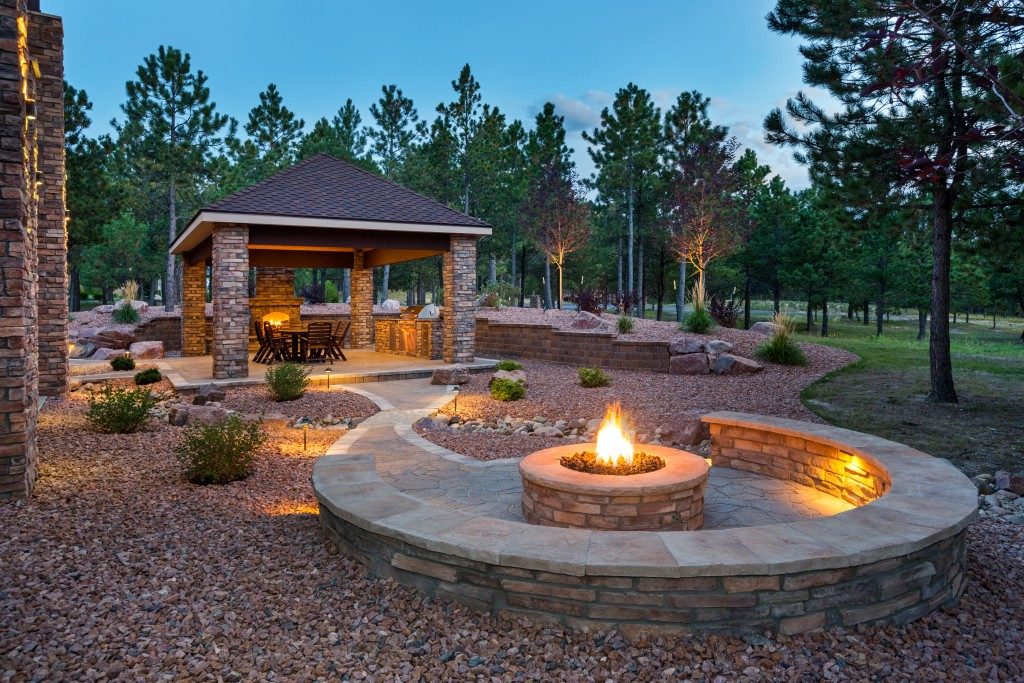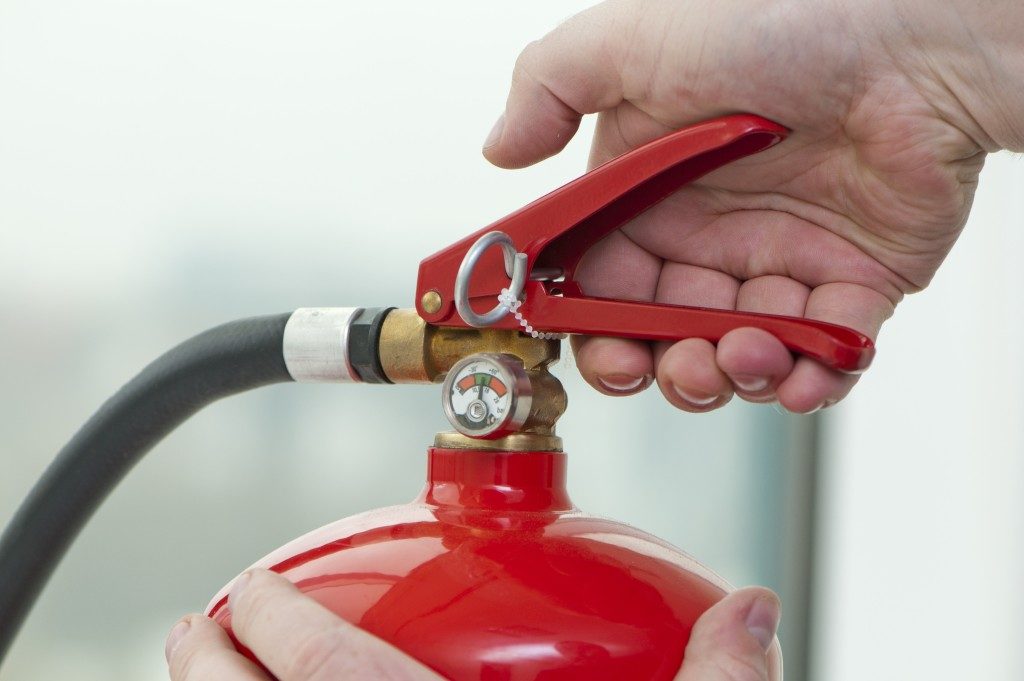Summer is almost over and the nights will gradually become colder as the days tick by and fall arrives. Still, there are a few balmy evenings left, so it’s a good idea to take advantage of these bright, warm nights with outdoor activities. Outdoor fireplaces or fire pits are significant elements of these activities, which can be done from spring to fall without much of an issue.
As with anything that uses fire, you should practice safety precautions while using it. It’s easy to be mesmerized with a crackling hearth and leave your deck in ruins when your fire grows out of control, after all. Here are a few ways to enjoy a great time outdoors with fire and still make safety a priority.
Know Where to Place Your Fire

When it pertains to starting or maintaining a fire for outdoor use, proper placement is key to making it work for you. Open fire pits shouldn’t be located near any of your belongings, especially if these said belongings are flammable. Fire pits should ideally be set at least 10 to 15 feet away from the house. Moreover, it’s a good move to clear trees or branches near the fire pit itself, as dry twigs can catch fire even in the mere presence of heat. Place the pit nowhere below overhanging branches of trees, which can ignite as the hot air from the fire rises.
A good rule of thumb is to place your fire pit on a level stone, concrete, or brick surface. Avoid putting it on your wood deck as well (unless they’re treated for fire) or any enclosed outdoor element, like a porch. If you’re adamant about placing it on a wooden deck, make sure you have a fire-resistant barrier around it so the fire won’t spill over and damage your deck. Aluminum fences can work nicely for this purpose.
Know What to Burn
Given time, fire can burn almost anything, but some things can burn much brighter and for longer without casting smoke. After all, you want fire and heat, not smoke that will obscure your vision and cause respiratory problems. Some cities don’t allow burning of backyard detritus like dry leaves for this reason, as leaves produce a lot of smoke.
Instead, find seasoned wood cut over half a year ago. Cut them into pieces that are no more than ¾ of the pit’s diameter. This allows a nice, even burn without causing a lot of smoke and prevents sparks from flying. Great choices for fire pit logs are soft hardwoods, like birch. Avoid softwoods as they easily burn, unless you want a specific duration for the outdoor activity.
And whatever you do, never use lighter fluid, gas, or kerosene to light your fire pit. You’re just courting disaster that way.
Putting It Out
 Finally, when it’s time to go back inside, always put the fire out and never leave it burning overnight. Keep a fire extinguisher or a garden hose nearby, but a bucket of sand or water might also do in a pinch.
Finally, when it’s time to go back inside, always put the fire out and never leave it burning overnight. Keep a fire extinguisher or a garden hose nearby, but a bucket of sand or water might also do in a pinch.
Cuddling and chatting around a fire pit is a great way to accentuate an evening. Don’t let unsafe practices, however, make the night go bad for you.




